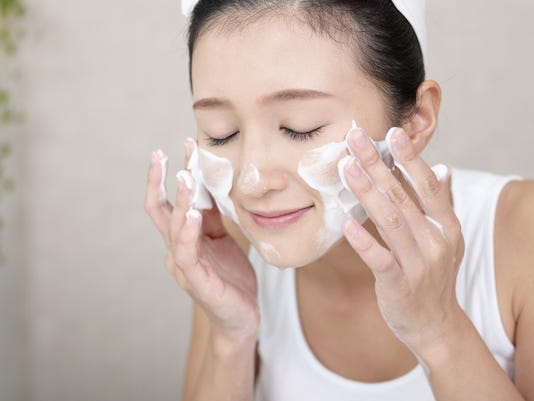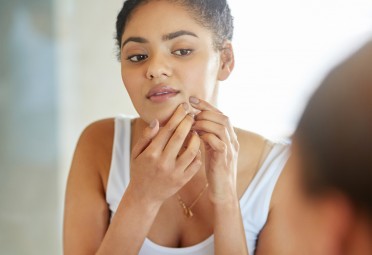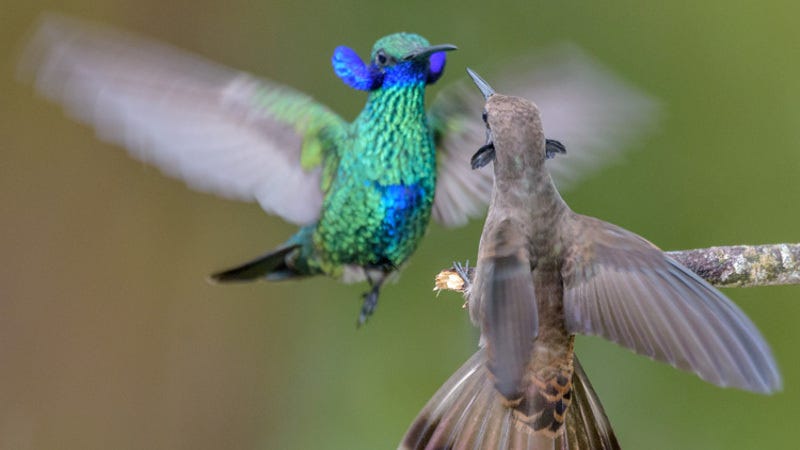Construction Hazard
"Construction and opioids go really well together."
"At the beginning when I was using hydromorphone, I was better at my job. I was more consistent. enjoyed working more because I felt good. Nothing mattered. Even if I was doing something I didn't want to do, if I was on opioids, it made no difference, you know?"
"I started to attribute me being good at my job with me being on drugs."
"I'd lost all my jobs. I'd lost my girlfriend. I could hardly get out of bed. I was ready to die. I felt like I had lost everything and lost my purpose and nothing mattered anymore. And I was broke, that didn't help. I just said yes. Against my instincts, I said yes, I'd go to treatment even though everything in my body said I couldn't do it."
"Start saying yes to people who can help you. I was, 'I got myself into t his on my own. I can get myself out.' But that's just so wrong and so misguided. I just decided I didn't want to do this alone any more. It's not a weakness to ask for help."
Logan Carroll, construction worker, Ottawa
 |
| ‘I started to attribute me being good at my job with me being on drugs,” says Logan Carroll. |
"It's just the nature of the jobs we do. Heavy-duty work that takes its toll on the body -- lifting, climbing -- heavy work that's prone to injury."
"Look at construction sites and see some of this happening. Construction work opportunities are usually short. Typically, our folks go to a job site, try to get as many hours as they can, then go on to the next job."
"Unfortunately, when they do get hurt on the job, they go to their family physician or an emergency clinic, grab something for pain, then go back to work."
"It's staggering when you look at the small provinces and see how quickly the numbers [of opioid deaths] are catching up to the larger provinces."
"What we noticed is we had one particular pharmacy where we had spent $1.8 million in one year just for one construction union in prescription fees. We said, 'This doesn't seem right. Something is wrong.' When we tracked it, we found it that it was for methadone."
"It's deemed a macho industry where guys don't talk about their pain and don't say that they're ailing. That could be seen as a weakness. I think that's really unfortunate."
Arlene Dunn, deputy director, Building Trades Union, Canada
"A lot of people are using opioids for physical pain, but a lot of people are also using them for psychological pain."
"Most Canadian workplaces that have substance abuse policies favour disciplinary measures rather than supportive measures. Instead of paying for treatment, they're actually disciplining them."
"We need to create an environment that fosters them [workers addicted to drugs] to be able to come out and say, 'I need help'."
"[Employers] should be able to say, 'Here is a four-week leave and we'll support you in that.' They shouldn't be forced to come into work. We don't do that with cancer. Why are we stigmatizing people struggling with mental illness?"
"The war on drugs is not working. We see that year after year. Problematic substance use is like any other disease and should be treated as a health concern and not treated as a criminal justice concern."
"We're not saying decriminalization is a silver bullet -- because there's a bunch of other recommendations we made. The other big one is invest in mental health services, increasing access to services so that people can see a psychologist when they need to. We know that untreated mental illness over time gets worse and worse."
Fardous Hosseiny, national director, research and public policy, Canadian Mental Health Association
 |
| Journal of Commerce, ConstructConnect |
The construction and extraction industry had the highest suicide rate of any profession surveyed, according to a 2015 study by the Centers for Disease Control. The study revealed 52.1 deaths per 100,000, a rate seen to be 200 percent steeper than the national average in the United States. Therapies like meditation have evidently proven effective at pain control, but it represents a type of intensive work and scheduling, taking infinitely more time and patience than the expedient of using a pill to dull pain.
Few workplace occupations, it turns out, appear to be as vulnerable to addictions to opioids -- including a prevalence of overdose deaths -- than the construction industry, including general labourers. It was found last fall that 55 percent of the overdose deaths in the province of British Columbia were of workers in the construction and transportation industry, according to a study by the B.C. Coroners Service.
Similarly a study undertaken in 2018 by the Massachusetts Department of Public Health concluded that construction workers there were six times likelier to die of opioid overdose than any other occupation, a trend seen throughout North America. Canada is staggering under a death toll resulting from its opioid epidemic, with Health Canada reporting over 9,000 Canadians dying from overdose between January 2016 and June 2018. British Columbia alone saw 1,489 deaths from illicit opioid overdose last year, the equivalent of four deaths daily.
The problem has become even deadlier with the emergence of fentanyl, the synthetic opioid attributed with a powerful strength one hundred times greater than heroin. Ms. Dunn of the Building Trades Union recognized the emerging problem with construction workers and opioid addiction fifteen years ago when high fees for methadone doled out daily at pharmacies as a prescribed regimen resulted in sky-high dispensing fees for her union.
Opioids like oxycodone proved a quick fix when injured trades workers and labourers visited their family doctors for relief from pain related to industry work. They want to return to work as quickly as possible to meet construction deadlines, working for long hours while in pain.
Labels: Construction, Drug Addiction, Health, Research































